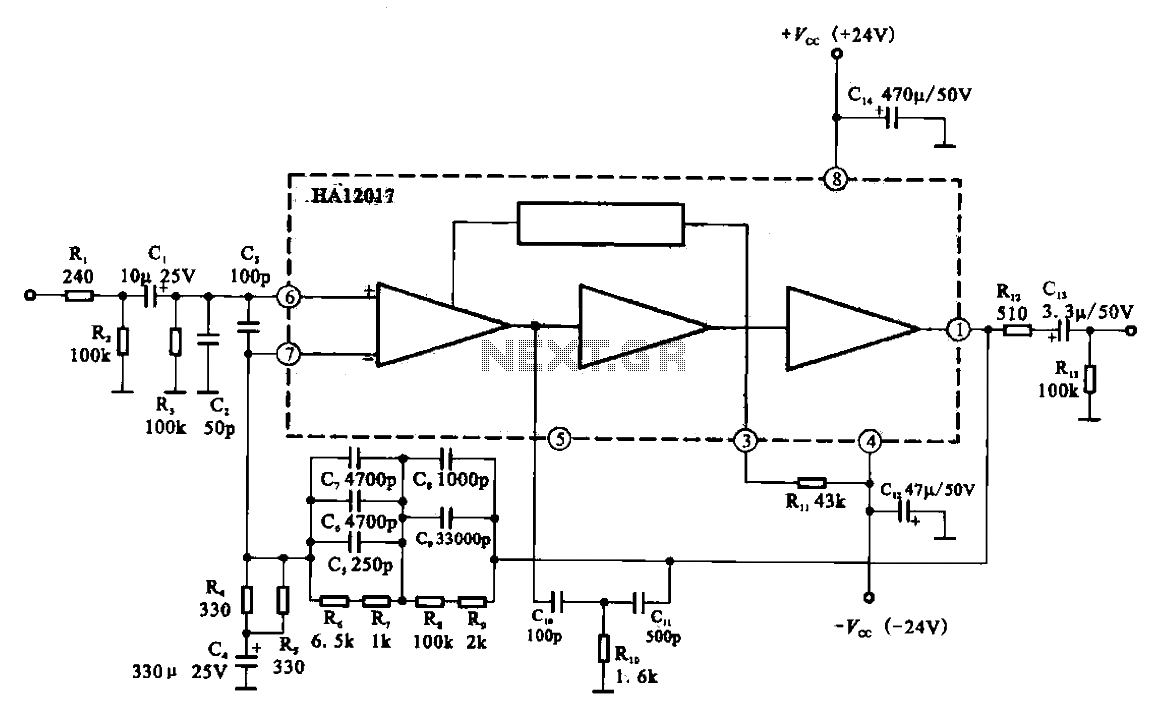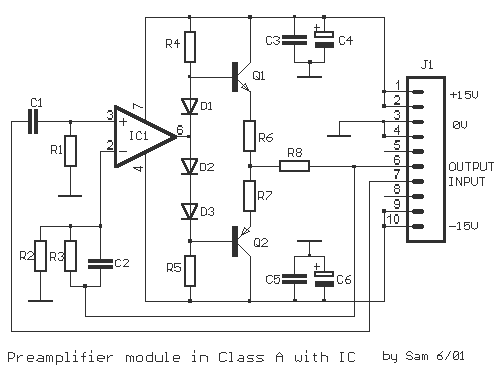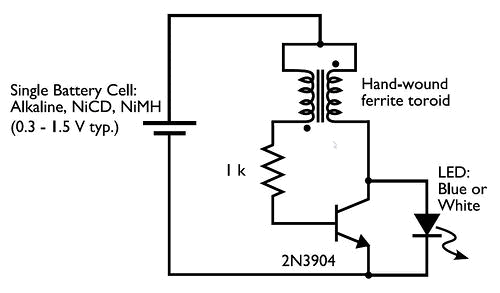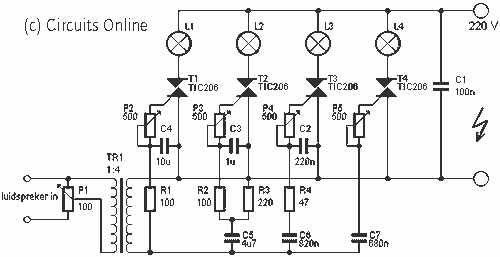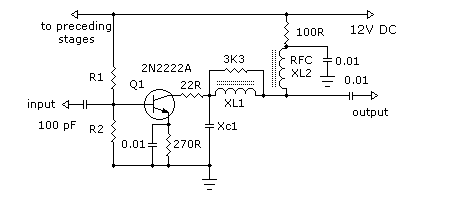
Subwoofer Amp
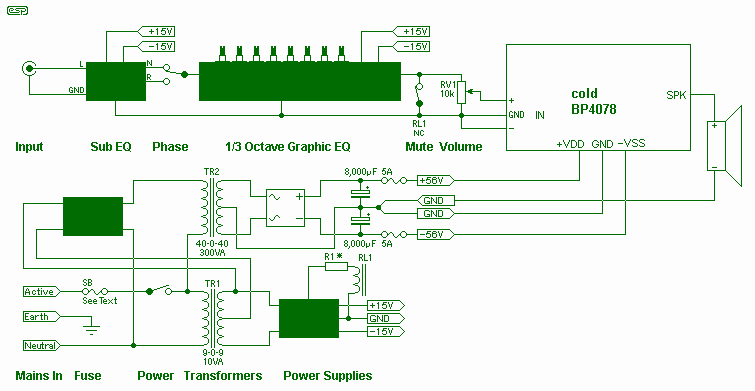
The fins were added to a simple flat aluminium panel, and are made from 20 x 20 x 3mm aluminium angle. Their purpose is threefold - they improve the performance of the plate as a heatsink (although this is not necessary with the BP4078 PWM amp), they make the panel a lot more rigid, and provide essential protection for the volume control and phase switch. It also looks better in opinion - it looks like it means business, rather than looking like one of those wimpy 50W plate amps you see advertised.
The fins, being made of 20 x 20 x 3mm aluminium angle, are attached to a flat aluminium panel to serve multiple purposes. Primarily, they enhance the functionality of the plate as a heatsink. This feature optimizes the heat dissipation process, preventing overheating and ensuring the longevity of the electronic components. However, it is worth noting that this enhancement is not a prerequisite for the BP4078 PWM amplifier, indicating its efficient design and heat management.
The added fins also contribute to the structural integrity of the panel by increasing its rigidity. This feature reduces the risk of damage or deformation due to physical stress, ensuring the durability and reliability of the circuit.
Furthermore, these fins provide critical protection for the volume control and phase switch, two components that are integral to the functionality of the amplifier. By shielding these components, the fins prevent potential damage that could compromise the performance of the device.
In addition to these functional advantages, the fins also enhance the aesthetic appeal of the panel. They give the panel a robust and professional appearance, distinguishing it from less powerful 50W plate amplifiers. This visual distinction reinforces the superior performance and quality of the device, making it a more appealing choice for users.The fins were added to a simple flat aluminium panel, and are made from 20 x 20 x 3mm aluminium angle. Their purpose is threefold - they improve the performance of the plate as a heatsink (although this is not necessary with the BP4078 PWM amp), they make the panel a lot more rigid, and provide essential protection for the volume control and phase switch.
It also looks better IMO - it looks like it means business, rather than looking like one of those wimpy 50W plate amps you see advertised. 🔗 External reference
The fins, being made of 20 x 20 x 3mm aluminium angle, are attached to a flat aluminium panel to serve multiple purposes. Primarily, they enhance the functionality of the plate as a heatsink. This feature optimizes the heat dissipation process, preventing overheating and ensuring the longevity of the electronic components. However, it is worth noting that this enhancement is not a prerequisite for the BP4078 PWM amplifier, indicating its efficient design and heat management.
The added fins also contribute to the structural integrity of the panel by increasing its rigidity. This feature reduces the risk of damage or deformation due to physical stress, ensuring the durability and reliability of the circuit.
Furthermore, these fins provide critical protection for the volume control and phase switch, two components that are integral to the functionality of the amplifier. By shielding these components, the fins prevent potential damage that could compromise the performance of the device.
In addition to these functional advantages, the fins also enhance the aesthetic appeal of the panel. They give the panel a robust and professional appearance, distinguishing it from less powerful 50W plate amplifiers. This visual distinction reinforces the superior performance and quality of the device, making it a more appealing choice for users.The fins were added to a simple flat aluminium panel, and are made from 20 x 20 x 3mm aluminium angle. Their purpose is threefold - they improve the performance of the plate as a heatsink (although this is not necessary with the BP4078 PWM amp), they make the panel a lot more rigid, and provide essential protection for the volume control and phase switch.
It also looks better IMO - it looks like it means business, rather than looking like one of those wimpy 50W plate amps you see advertised. 🔗 External reference
Warning: include(partials/cookie-banner.php): Failed to open stream: Permission denied in /var/www/html/nextgr/view-circuit.php on line 713
Warning: include(): Failed opening 'partials/cookie-banner.php' for inclusion (include_path='.:/usr/share/php') in /var/www/html/nextgr/view-circuit.php on line 713
